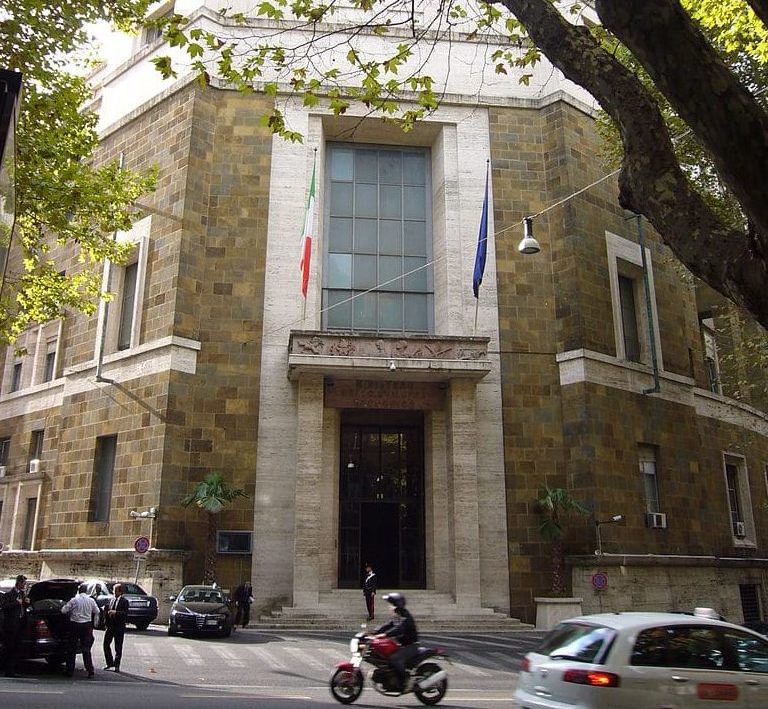Italy is launching the second most ambitious national hydrogen strategy within the European Union, setting a 5 GW target for installed electrolyzer capacity by 2030. The announcement was given by the Ministry of Economic Development on Tuesday, when a four-week consultation period was launched.
The national strategy aims at 2% hydrogen penetration into final energy demand by 2030, and up to 20% by 2050. This figure currently stands at around 1%.
For the next decade, the Italian government foresees the application of hydrogen in the transport sector, with 4,000 long-haul trucks and a gradual replacement of diesel-fueled trains, which currently represent one-third of Italy’s fleet. It also foresees industry usage and hydrogen pumped into the gas network.
According to the preliminary guidelines, Italy should invest between €2 billion and €3 billion in distribution infrastructure, train and tracks; between €5 billion and 8 billion in hydrogen production; and €1 billion in research and development.
On Monday, the CEO of Italian gas and energy company Eni, Claudio Descalzi, told newspaper Corriere della Sera that “big Italian players” are collaborating actively and that they are ready to make investments. Italy's largest utility, Enel, meanwhile, is looking for a hydrogen business partner in Italy.
Furthermore, private investment house Ardian and Italy-based utility company A2A signed, last week, a memorandum of understanding to jointly develop renewable energy power plants and hydrogen production units, especially in southern Italy.
A European strategy
Last week, Italian railway company Trenord announced it will buy at least six hydrogen-fueled trains from France’s Alstom. At the same time, Italy’s economic development minister, Stefano Patuanelli, received his French counterpart Bruno Le Maire, to speak about batteries and hydrogen.
Earlier this month, Italian gas distribution company Snam bought a 33% stake in De Nora, a company specializing in electrode technologies. De Nora holds a 34% stake in ThyssenKrupp Uhde Chlorine Engineers, a joint venture with ThyssenKrupp involved in global hydrogen projects. Snam plans to invest €720 million in the energy transition by 2024, with investments in the hydrogen sector “of at least €150 million.”
“When it comes to the hydrogen race, Europe is running down the track while other countries are still on the starting block,” said EU energy commissioner Kadri Simson on Thursday. “Partly because the EU is an industrial leader in electrolyzer development. The commissioner highlighted three positive developments including the launch of an experimental fuel cell-powered marine vessel by Fincantieri, Europe’s biggest shipbuilding company. Fincantieri is controlled by CDP, Italy’s investment bank.
So far, France has made the largest hydrogen pledge (6.5 GW). Like Italy, Germany aims at reaching a 5 GW capacity by 2030, Spain and the Netherlands aim at 4 GW and Portugal 2 GW. Other EU countries have yet to present their hydrogen national strategies.
Europe’s plan is to reach 40 GW of electrolyzers by 2030.
This content is protected by copyright and may not be reused. If you want to cooperate with us and would like to reuse some of our content, please contact: editors@pv-magazine.com.



2 comments
By submitting this form you agree to pv magazine using your data for the purposes of publishing your comment.
Your personal data will only be disclosed or otherwise transmitted to third parties for the purposes of spam filtering or if this is necessary for technical maintenance of the website. Any other transfer to third parties will not take place unless this is justified on the basis of applicable data protection regulations or if pv magazine is legally obliged to do so.
You may revoke this consent at any time with effect for the future, in which case your personal data will be deleted immediately. Otherwise, your data will be deleted if pv magazine has processed your request or the purpose of data storage is fulfilled.
Further information on data privacy can be found in our Data Protection Policy.